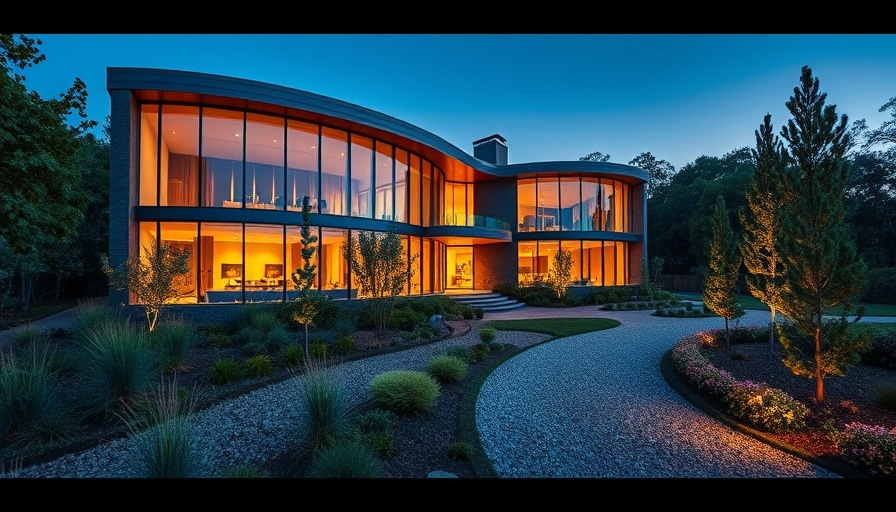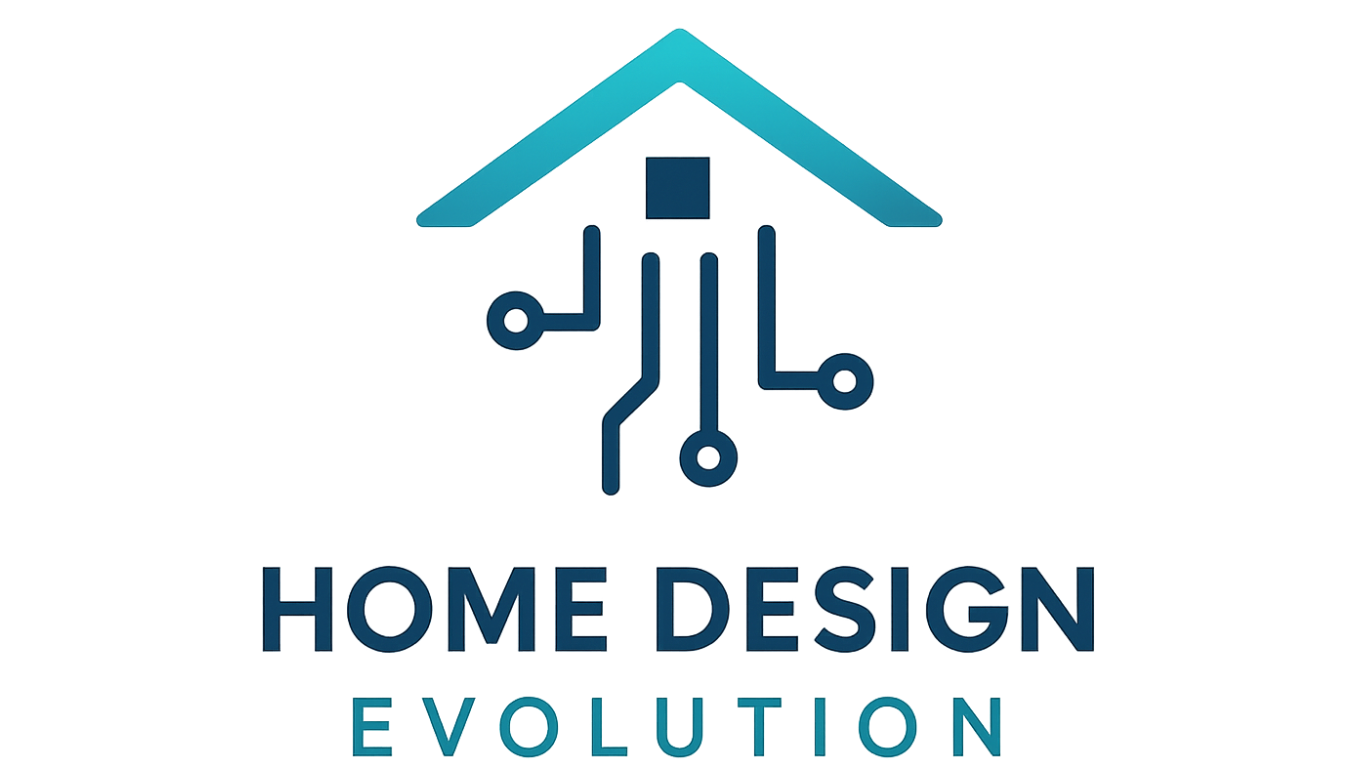
Is Design-Build Changing Its Reputation?
Architecture once thrived as a harmony of design and construction, dating back to its Greek roots as the term "architektōn" translates to "chief carpenter." However, as architectural drawing and techniques evolved over centuries, a division emerged between pure artistry and the pragmatic craft of building. Today, a resurgence of the design-build methodology, an approach marrying both facets under one roof, is rekindling old traditions and changing perceptions within the industry.
A Resurgence of Design-Build
The design-build method began to emerge again in 1979, when the American Institute of Architects revised its code of ethics. This revision allowed for architects to have a financial stake in the construction process, a move that was pivotal in reshaping how projects could be approached. According to Leo Marmol, managing partner of AD100 firm Marmol Radziner, this sounded a starting gun for a significant shift in the architectural landscape, leading to an influx of design-build firms.
By consolidating design and construction under one contract, the design-build delivery method streamlines project management. Clients benefit from having a unified team responsible for every aspect, ultimately resulting in faster completion times and less bureaucracy. This holistic approach has been recognized as essential for achieving high-quality outcomes—especially for environmentally conscious homeowners looking to integrate advanced technologies and sustainable practices into their living spaces.
Design-Build for Modern Homes
A significant edge design-build has is its ability to deliver innovative and meaningful homes. The collaboration inherent in this model allows architects and builders to adjust plans in real-time, accounting for unforeseen circumstances and audience needs. Take, for example, the work by Marmol Radziner on a recent project for Blink-182's Mark Hoppus. The integration of midcentury design principles with modern sustainability practices showcases how design-build firms are moving beyond their traditional commercial origins. These firms are now becoming leaders in both style and sustainable construction.
Why Homeowners Are Embracing Design-Build
For homeowners aged 35-55 with a focus on sustainability and smart living, design-build offers valuable benefits:
Cost-Effectiveness: With all design and construction orchestrated as one unit, homeowners can eliminate inefficient duplication of efforts, which can add unnecessary costs to projects.
Streamlined Communication: Clients can communicate their desires directly, without the number of back-and-forth transactions across multiple contractors, which can lead to misunderstandings.
Quality Control: Design-build teams maintain a constant collaborative environment throughout the project, ensuring that every step aligns with the design vision.
As this methodology gains traction, it presents homeowners with opportunities to explore customized solutions and engage with their spaces in a new, innovative light.
Current Trends and Future Predictions
The rise of smart home technologies and environmental consciousness signals that design-build is not just a momentary trend but potentially the future of construction. Presenting a dynamic response to the current challenges of construction—such as rising costs and labor shortages—rendering a controlled design-build environment could provide solace and stability to an otherwise unpredictable industry.
Experts foresee that as more firms embrace this model, a tougher focus on sustainable practices and advanced technology integration will emerge. Homeowners can expect to see new innovations in solar integration, smart energy management systems, and eco-friendly building materials becoming standard fare in future design-build projects.
Common Misconceptions about Design-Build
While the design-build approach offers myriad advantages, some misconceptions still linger. Many believe design-build sacrifices quality for speed; however, the opposite is often true. The tighter-knit collaboration ensures quality remains a priority, with all team members committed to the master plan from the outset.
Furthermore, there is a belief that design-build is only applicable to commercial or large-scale projects. In reality, this approach is highly adaptable, suitable for residential renovations, custom homes, and even minor upgrades. Homeowners seeking to create inviting, functional spaces can find immense value in design-build services.
Conclusion
As design-build continues to evolve, its reputation shifts alongside it. With the potential to merge creativity with pragmatism, this methodology not only enhances project efficiency but also aligns perfectly with the modern homeowner’s needs for sustainability and innovation. Embracing design-build may not only change your space but also redefine what it means to be a part of the construction process.
 Add Row
Add Row  Add
Add 



Write A Comment